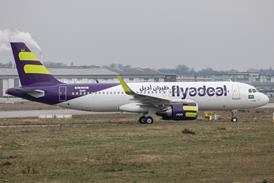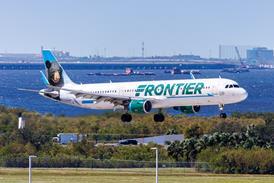Commissioned by the UK Department for Transport, Cranfield University is carrying out scientific tests to establish what contaminants are occasionally released into airline cabins in the engine bleed air feed to the air conditioning system.
The purpose is to establish beyond argument what the contaminants are. It is not Cranfield's job to test what effects these have on crew and passengers. That is being done elsewhere. Unfortunately for the DfT there is no such thing as "beyond argument". All that can be done is to get as close as possible to that goal.
The DfT has a duty beyond that of Cranfield's very able scientists. It has to look at all the other evidence that has been gathered from multiple sources over decades, and it has manifestly not been doing this.
Cranfield's resources are limited. They have five aeroplanes on which to carry out tests, and only 20 trips each. If they get no contamination events, or only low intensity ones, what then? Will they be able to project credible conclusions on this evidence alone? And what of these particular aeroplanes? Toxic air events are partly related to engine maintenance and the state of oil seals. It would stretch credibility to suggest that these aircraft would not have been given particular love and attention recently. After all, they are in commercial fleets, and the airlines would wish to prove their aircraft are safe.
Source: Flight International























